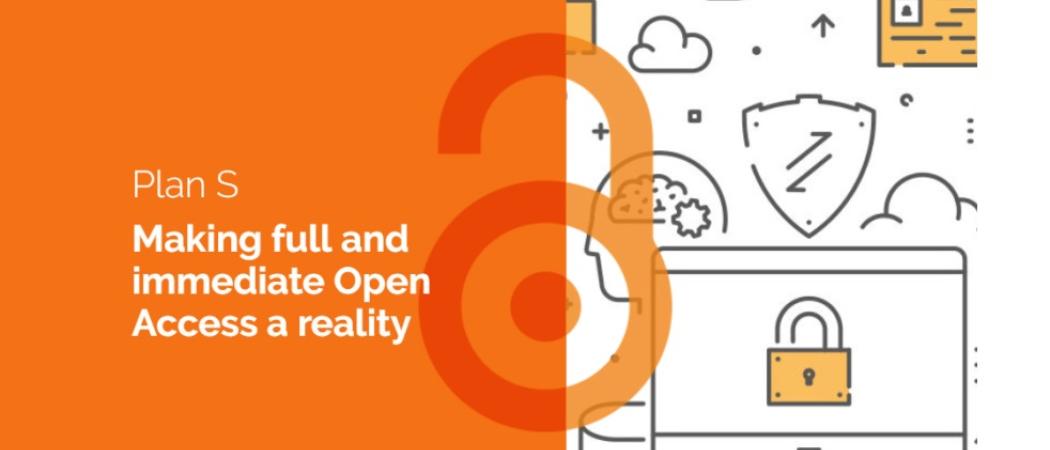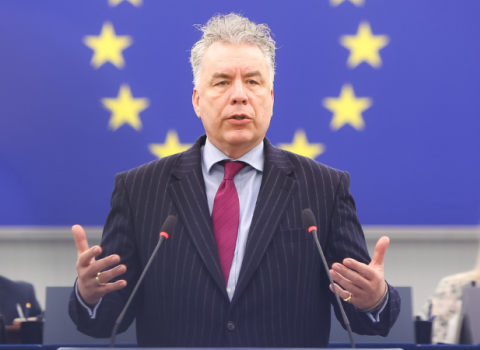The stated intent is to end secrecy around journal pricing and allow easier cost comparison for funders and libraries

Eight research journal publishers have agreed to share detailed information about their cost base, in order to help lay the ground for Plan S, the European-led initiative to pull down journal paywalls.
A pilot project, allowing journal subscribers such as libraries and funders to get a better understanding of what is costs to process scientific research for publication, will start this week and run until the end of March.
Publishers of different types and sizes, such as PLOS, Hindawi and SpringerNature, have signed up to the scheme. Other participants include Annual Reviews, Brill, The Company of Biologists, EMBO Press and the European Respiratory Society.
Today few publishers and journals publicly disclose their costs and charges, making it near impossible to assess the true cost of publishing a paper.
The pilot will allow funders and libraries to make more informed decisions on cost; if successful, funders may ask that publishers use a similar template to share data more widely.
The pilot follows a report published on Tuesday by Information Power, a consultancy, which was funded by UK Research and Innovation, the UK science funding agency, and the medical research charity the Wellcome Trust. Both agencies are signed up to Plan S.
Under Plan S, journals and publishing platforms must from January 2021 provide “transparent costing and pricing.”
So far, 13 of Europe’s national funding agencies – who call themselves Coalition S – have joined the initiative, which hopes to disrupt the expensive world of science publishing by mandating immediate open access publication of publicly funded research.
Publishers have responded to Plan S backers by arguing the costs associated with taking a raw research paper, putting it through peer review, editing and shaping it up for publication are significant – and not widely understood.
One of the new pilot’s participants, the European Molecular Biology Organisation, last year took the unusual step of making the finances of four of its journals public in order to highlight the challenges of transforming subscription or part-subscription journals into fully open access titles.





 A unique international forum for public research organisations and companies to connect their external engagement with strategic interests around their R&D system.
A unique international forum for public research organisations and companies to connect their external engagement with strategic interests around their R&D system.